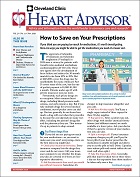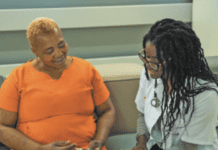For those who lack your familiarity with implantable pacemakers, some explanation of the cardiac conduction system is required. Normally, heart muscle is stimulated to beat by electrical impulses from a tiny bundle of cells called the sinoatrial (SA) or sinus node. Located in the right atrium (RA), the right upper chamber of the heart, the sinus node is the hearts natural pacemaker. After activation of the RA, electrical signals travel to the lower chambers - the ventricles-via a waystation called the atrioventricular (AV) node. If all elements of the pathway function correctly, the atria and ventricles contract sequentially, again and again without fail. However, as with any system, it is only as good as its weakest link. In general, the heart will beat too slowly if the system malfunctions at the level of the SA or AV nodes, leading to fatigue, lightheadedness, or fainting. SA nodal dysfunction is treated with a single-lead pacemaker, with one wire going to the RA.
To continue reading this article or issue you must be a paid subscriber.
Sign in





